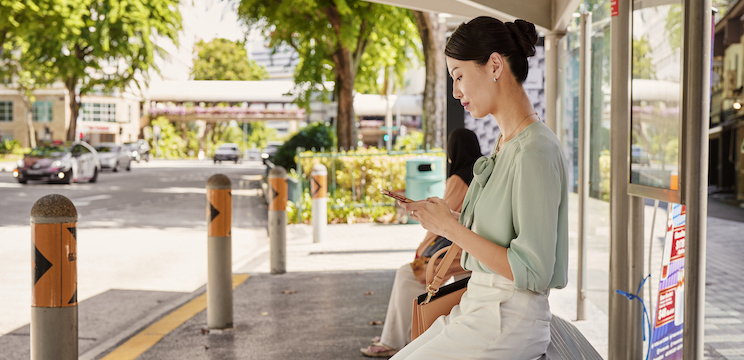
How to Manage Your Nonprofit’s LinkedIn Group — and Keep It Active
When you create a LinkedIn Group for your nonprofit, you establish a space where supporters can engage in more in-depth conversations — with each other, and with members of your team. After all, you can establish nonprofit groups for specific subsets of your audience, like current and former volunteers, allowing people to share experiences and ideas that might not be relevant to your broader audience.
To get the most out of your nonprofit’s LinkedIn Group, you can’t just set it and forget it. Build an engaged, active, and thriving LinkedIn Group for your organization by following these three steps.
1. Appoint moderators to enforce your LinkedIn Group rules
Setting LinkedIn Group rules is an important first step in curating a positive experience that makes members want to check back regularly. Under “About this group,” you’ll find a “Rules” section where the group owner can outline the type of behavior that is not allowed in the group. For example, you may ban inappropriate or abusive language, solicitation, and spamming.
Of course, some people may not follow the rules, which is why it’s equally important to assign one or more trusted team members to act as group moderators. By giving these team members admin access, you empower them to remove content, comments, and members that violate your LinkedIn group rules. Encourage your assigned moderators to review group activity on a regular basis, such as once per week.
2. Keep the conversation going
The most successful LinkedIn nonprofit groups excel in getting members talking. Ask thought-provoking questions, share links to related articles and news stories, and encourage members to post their own relevant content, so long as it meets your LinkedIn group rules (the group owner can adjust the settings to require admin approval before new posts from members become visible to others).
Your assigned moderators and other employees can also respond to comments from members to generate further discussion. This kind of two-way interaction can make group members feel like they’re part of an active, community, and may encourage them to get more involved with your nonprofit in other ways.
3. Stay active, but don’t overwhelm your audience
While posting regularly in your nonprofit’s LinkedIn Group is a good thing, be sure not to overwhelm members. Posting too often can cause important content to become buried and makes it harder for meaningful discussions to take place.
This goes for user-created content, too. Keep an eye out for members posting the same content repeatedly and consider removing or blocking them if they continue. With clear LinkedIn Group rules and a thoughtful approach to content moderation, you can curate an active group where members can find new, high-quality content every week.
Want to learn more about LinkedIn Groups and other free features? Visit the LinkedIn for Nonprofits Resource Hub today to find tips and best practices that can help your nonprofit get the most out of LinkedIn, including step-by-step instructions on how to create a LinkedIn Group.

